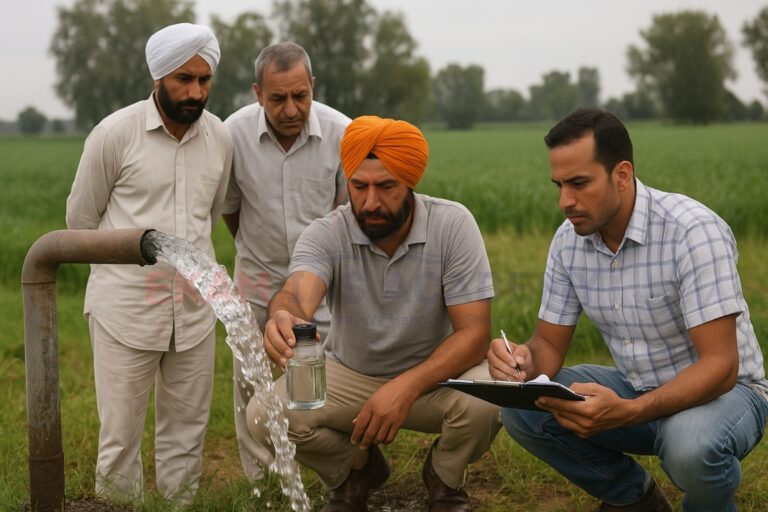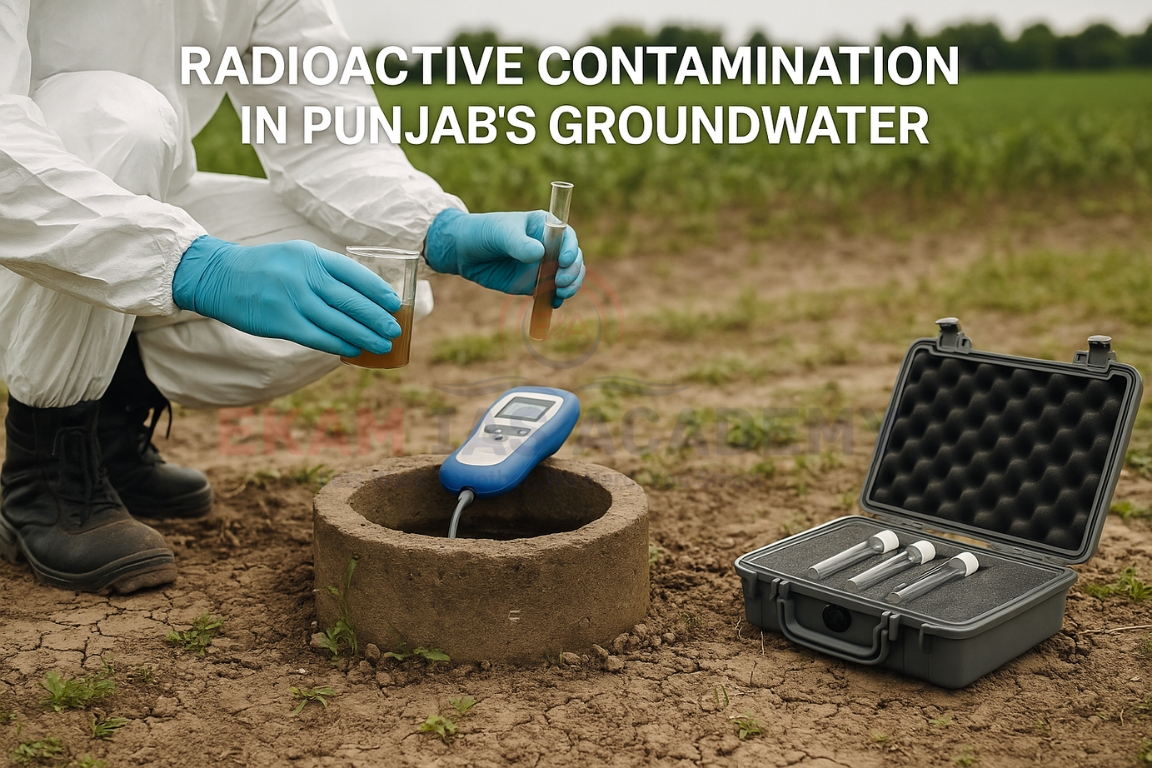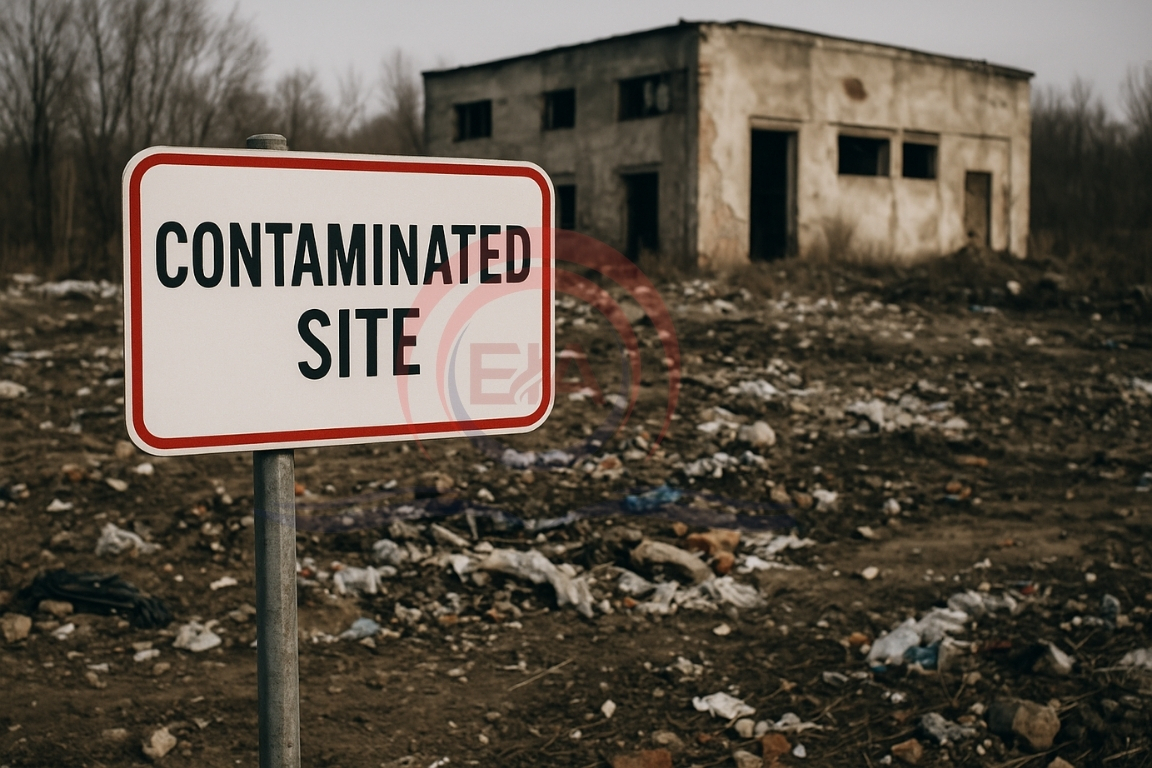The Parliamentary Standing Committee on Water Resources has raised alarm over continued uranium contamination in drinking water sources in Punjab, urging urgent action to safeguard public health.
What is Uranium Contamination?
- Refers to the presence of excess uranium in water and soil, beyond safe limits.
- Permissible Limit:
- WHO – 0.03 mg/L.
- BIS (India) – 0.03 mg/L.
- Health Impacts: Kidney damage (Chronic Kidney Disease). Skeletal deformities. Increased risk of cancers. Reproductive health disorders.
Extent of Contamination in India
- CGWB Survey (2019–20): Of 16,000 groundwater samples tested, ~450 exceeded WHO limits.
- Most Affected States: Punjab, Haryana, Rajasthan, Gujarat, Madhya Pradesh, Telangana, Andhra Pradesh.
- Patterns:
- Northwest India – Alluvial aquifers (Punjab, Haryana).
- Southern India – Hard-rock aquifers (Telangana, Andhra Pradesh).

Sources of Uranium in Groundwater
Natural (Geogenic) Sources
- Weathering of uranium-rich rocks.
- Natural movement of groundwater releasing uranium into aquifers.
Human-Induced (Anthropogenic) Sources
- Excessive groundwater extraction lowering water tables, altering aquifer chemistry.
- Fertilizer use & industrial effluents.
- Uranium mining & milling activities.
Government Measures
- Technological Solutions: BARC & DAE – Hybrid membrane filters and RO plants in Punjab and Haryana (pilot scale). CSIR – Low-cost adsorbents and nanomaterials for filtration.
- Scientific Mapping: NAQUIM programme by CGWB for aquifer mapping and local mitigation strategies.
- International Collaboration: Partnership with IAEA for monitoring, capacity building, and lab strengthening.
Judicial Interventions
- Punjab & Haryana High Court (2015) – Directed states to act against uranium contamination.
- Supreme Court (1991, Subhash Kumar case) – Declared right to pollution-free water part of Right to Life under Article 21.
Way Forward
- Formal Recognition – Declare uranium as a major contaminant (like arsenic/fluoride) for focused funding and policy action.
- Public Awareness – Community-level education on safe water practices and risks of uranium exposure.
- Affordable Technologies – Promote decentralized solutions like adsorption filters, ion-exchange systems, and community RO plants in rural areas.
Conclusion:
Uranium contamination in Punjab’s groundwater poses a serious public health challenge. Though pilot treatment and monitoring projects are underway, a national-level recognition, dedicated funding, community awareness, and decentralized technologies are crucial for long-term mitigation.





